PHYTIN
Synonym(s):myo-Inositol hexakis(dihydrogen phosphate);Inositol hexakisphosphate;Inositol hexaphosphoric acid;InsP6
- CAS NO.:7776-28-5
- Empirical Formula: C6H6Ca6O24P6
- Molecular Weight: 888.41
- MDL number: MFCD00082315
- EINECS: 231-897-9
- SAFETY DATA SHEET (SDS)
- Update Date: 2023-05-25 18:01:20
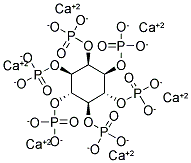
What is PHYTIN?
Chemical properties
C12H30Ca5MgO54P12
The Uses of PHYTIN
A calcium salt form of phytic acid (P398700), the principal storage form of phosphorus in many plant tissues, especially bran and seeds. It has antioxidant effect as well as neuroprotective effect by chelating iron.
Agricultural Uses
Phytin is a major organic phosphorus compound in seeds
and is the source of phosphorus for new seedlings, till
they start absorbing it from the soil. The phosphorus
reserve in seeds is the calcium/magnesium salts of
inositol hexaphosphoric acid (phytic acid). It is used as a
fertilizer since it can advantageously be absorbed by
plants, and is found in the soil as a product of the
degradation of organic matter.
Inositol phosphate is thought to be of microbial origin
and can exist in several stereoisomeric forms; phosphate
esters of myo-, scyllo-, neo- and chrio-inositol have been
characterized in soil. Myo-inositol hexaphosphoric acid
(phytic acid), is usually a major pool of
organic phosphorus, which is fairly stable in an alkaline
medium but which gradually hydrolyzes (optimum pH
4.0) to a range of intermediate inositol phosphates, and
finally, to inositol in acidic media. Enzyme phylase also
hydrolyzes myo-inositol phosphates. Myo-inositol
phosphates account for between less than 1 and 62% of
the total soil phosphorus.
Safety information for PHYTIN
| Signal word | Warning |
| Pictogram(s) |
 Exclamation Mark Irritant GHS07 |
| GHS Hazard Statements |
H302:Acute toxicity,oral H315:Skin corrosion/irritation H319:Serious eye damage/eye irritation H335:Specific target organ toxicity, single exposure;Respiratory tract irritation |
| Precautionary Statement Codes |
P261:Avoid breathing dust/fume/gas/mist/vapours/spray. P305+P351+P338:IF IN EYES: Rinse cautiously with water for several minutes. Remove contact lenses, if present and easy to do. Continuerinsing. |
New Products
(S)-3-Aminobutanenitrile hydrochloride 4-Methylphenylacetic acid N-Boc-D-alaninol N-BOC-D/L-ALANINOL Tert-butyl bis(2-chloroethyl)carbamate 3-Morpholino-1-(4-nitrophenyl)-5,6-dihydropyridin- 2(1H)-one Furan-2,5-Dicarboxylic Acid Tropic acid 1-Bromo-3,5-Di-Tert-Butylbenzene S-2-CHLORO PROPIONIC ACID ETHYL ISOCYANOACETATE 2-Bromo-1,3-Bis(Dimethylamino)Trimethinium Hexafluorophosphate 4-IODO BENZOIC ACID 3-NITRO-2-METHYL ANILINE 1-(2,4-DICHLOROPHENYL) ETHANAMINE (2-Hydroxyphenyl)acetonitrile 4-Bromopyrazole 2-(Cyanocyclohexyl)acetic acid 4-methoxy-3,5-dinitropyridine 1-(4-(aminomethyl)benzyl)urea hydrochloride 2-aminopropyl benzoate hydrochloride diethyl 2-(2-((tertbutoxycarbonyl)amino) ethyl)malonate tert-butyl 4- (ureidomethyl)benzylcarbamate Ethyl-2-chloro((4-methoxyphenyl)hydrazono)acetateRelated products of tetrahydrofuran
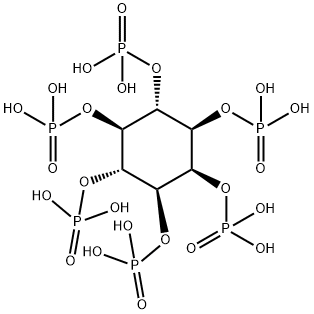
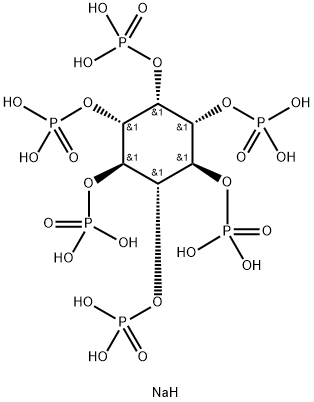
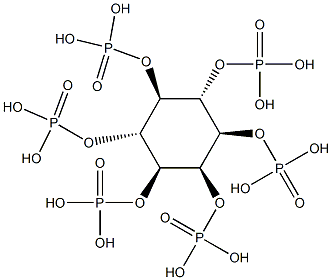


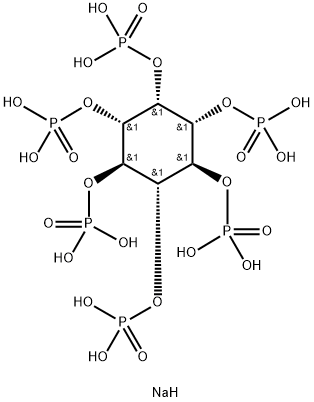
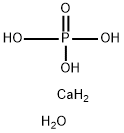

You may like
-
 Calcium phytate 90.00% CAS 7776-28-5View Details
Calcium phytate 90.00% CAS 7776-28-5View Details
7776-28-5 -
 2033-24-1 98%View Details
2033-24-1 98%View Details
2033-24-1 -
 1975-50-4 98%View Details
1975-50-4 98%View Details
1975-50-4 -
 2-HYDROXY BENZYL ALCOHOL 98%View Details
2-HYDROXY BENZYL ALCOHOL 98%View Details
90-01-7 -
 2-Chloro-1,3-Bis(Dimethylamino)Trimethinium Hexafluorophosphate 221615-75-4 98%View Details
2-Chloro-1,3-Bis(Dimethylamino)Trimethinium Hexafluorophosphate 221615-75-4 98%View Details
221615-75-4 -
 61397-56-6 CIS BROMO BENZOATE 98%View Details
61397-56-6 CIS BROMO BENZOATE 98%View Details
61397-56-6 -
 14714-50-2 (2-Hydroxyphenyl)acetonitrile 98+View Details
14714-50-2 (2-Hydroxyphenyl)acetonitrile 98+View Details
14714-50-2 -
 118753-70-1 98+View Details
118753-70-1 98+View Details
118753-70-1